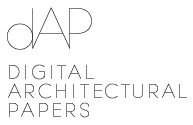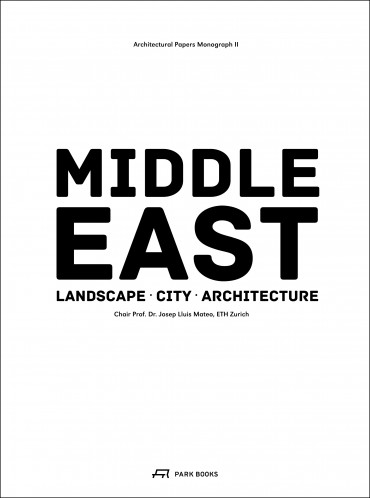16.7.2014 – Issue 17 - Pedagogy – Mateo Josep Lluís, Concheiro Isabel, Hotz Anna – Videos, Studio
Building and Teaching
Interview with Josep Lluis Mateo
Could you talk about the relationship between your academic activity and your professional practice? In what way do they influence each other?
I consider myself a professional architect. Having said that, I have to point out that this has not always been the case. At the start of my career as an architect, it was not clear what I was going to do. In fact, I spent some years as a critic, editor and publisher. At the end of that period, I discovered that the most exciting part of this job was being a real architect, building and engaging in action.
However, I have always found the space outside practice both thought-provoking and exciting. It is obvious that I am not going to teach my way of designing; I never try to synchronize myself in this field. What is interesting to me as a teacher is the fact that we share a space where we are confronted by a problem that has no clear answer. What is interesting is thinking, and teaching how to think. What are the questions? What are the fields? What are the arguments in the discipline? For all of us. If there is interaction between the two activities, it is the possibility of thinking about architecture without being forced to produce it. You can therefore be analytical, see different possibilities and even appreciate very differing positions. I always try not to have any personal solution to the problem, just analytic tools. And also to ask for synthesis in a high quality result.
Today, in the academic and the professional world, we are faced with a dialectic relationship between the specificity of the local and the generic of the global. How do you address this dialectic in your teaching?
My presence here is, to some extent, an expression of this dialectic. Part of European identity is built on a north-south dialectic.
Ultimately, we must be open to understanding and appreciating things, even if they are not our own things. We have to be flexible in order to act, as well as having a strong set of technical tools alongside our permissibility or openness. The scientific side of the profession is a kind of cultural clash—load, refraction and structural diagrams all speak a common language and make a collective argument.
We therefore have to be open and flexible, but we also need a solid set of instruments with which to operate. And this is something that we have to convey to our students.
In today’s globalized world, we all have our origins and our traditions; they are a departure point but they cannot be the destination. Increasingly, we are starting out from different positions and coming together in shared projects.
Besides the teaching activities, a very important aspect of your Chair at ETH was the production and distribution of knowledge with the Architectural Papers series of publications. What is the role of research in your academic practice?
Learning means moving from one position to another by increasing the depth of your knowledge. Research deals with data, producing other explanations of it, which makes it a discovery.
This is the most exciting moment for me as a teacher: provoking these moments of discovery, when things connect and something is magically released. Sometimes it is also noticeable in the projects, when the students disappear for a moment and, after all the stage-setting and discussion, they achieve this new knowledge. This is normally a private affair between teacher and student, but sometimes we try to generate an argument that can be shared with more people. To this end, we shared the resulting knowledge in the form of digital and analogue books and videos. We had two aims in mind. The first was to share the discovery; sharing and discovering are connected activities, and real research is given generously. If you keep your treasure to yourself, it quickly becomes damaged (generosity and capacity are closely connected). The second aim is to reflect on what we are doing. This kind of analysis is a methodological tool, requiring you to step back as a teacher and distance yourself from dialogue and confrontation with students. As a critic, you always face the moment of judgment: this is good, and that is bad. Teachers have many roles, one of which is to say “This is good”, almost with no more explanation. This is something you really have to be prepared for.
What in general is the role of academia in the production of knowledge?
Academia is a term from the eighteenth and nineteenth centuries. The academics were the enemies of the moderns. Academia was conceived as something apart from life, apart from contemporary, necessary things, concerned only with power and position. Academic knowledge is, in a way, an expression of knowledge without life or energy, purely archaeological and without practical application.
The present-day version of academia would be more infrastructural: constructing a place at the right moment, with the right people, so that mutual interaction generates knowledge. The Architectural Association in the 1960s was an interesting place that was more like a theatre with actors and people designing the stage and contents. That, in a good constellation, can produce important places for discussion. These places, even rare, have always existed. And I think we are in one of these places.
Interview: Isabel Concheiro and Anna Hotz
Download article as PDF


